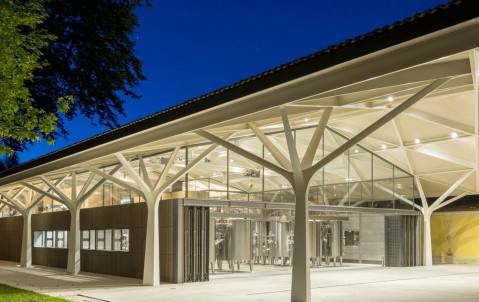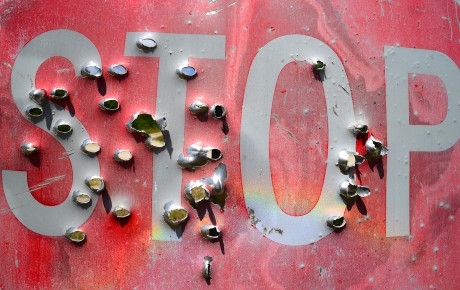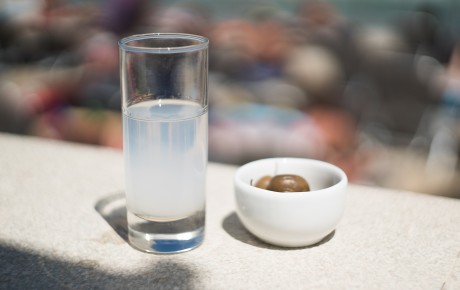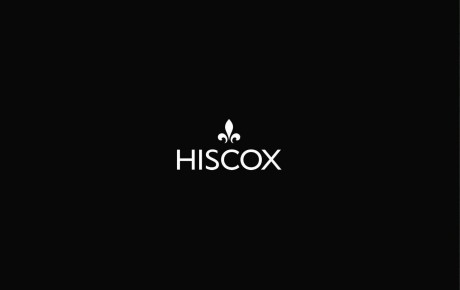
How much does it cost to make a bottle of good wine?
Fine wine is stupendously overpriced so why do I want to buy it, asks Bobby Read.
What’s the difference between a £15 bottle of wine and a £50 bottle? The price tag, I hear you say. You wouldn’t be far wrong, because both of them cost roughly the same amount of money to produce.
Good wine requires good grapes from a good location to be aged in good oak barrels for a good amount of time. That’s all well and… good. But there’s virtually no difference in cost between making good wine – the ones you see on the top shelf of your supermarket – and great wine – those bottles which are often nestled in their own bed of straw in individual wooden boxes.
Pricing wine is more art than science, and at the top end it’s perhaps the art of what you can get away with.
The redoubtable wine writer Jancis Robinson wrote an article in 2001 on how much it costs to make Bordeaux wine. “I was amazed,” she wrote, “just how little it costs to make even some of the most famous wines of the world.”
Pricing wine is more art than science, and at the top end it’s perhaps the art of what you can get away with.
Robinson calculated that it cost less than £3 to make a standard bottle of classed growth Bordeaux – that’s around £4.64 in today’s money (without taking into account any changes in production costs in the intervening period). But wine lovers are being asked to pay around ten times that amount for some of the region’s most sought-after wines’ 2016 vintage long before it’s been bottled.
These costs take into account labour, materials and depreciation, but do not include the land cost. Property prices for vines on the fabled left bank of the Gironde estuary, where the most famous appellations are situated, are akin to those in Mayfair, which is reflected in the price of the wine produced from them.
The top chateaux will also regularly dispatch squads into the vineyards to trim, primp, coo over, coax and cosset the grapes like anxious nursemaids. But I’m dubious about the added value created by tending vines as if they were bonsai trees.
It’s very difficult to know exactly how much they’re making. President Trump’s tax returns are probably easier to come by than a balance sheet from one of the top chateaux.
When harvest time comes, legions of people will be sent into the fields to handpick the lushest, juiciest bunches and lay them down carefully in small tubs, to avoid their skins being broken before they reach the winery. But it seems odd to me how, when we’re being told that robots will soon replace pilots, lawyers and doctors, that one won’t soon be invented that can take grapes off a vine as well as any human.
But if we were to say that the very high level of manual labour involved in a sought-after chateau producing a bottle of wine doubled its expenses (a conservative estimate), that would still mean that it costs considerably less than a tenner to make. So where does the rest of the money go?
Some of it will be spent on posh bottles, fancy corks and labels, and marketing (although some top-end wines effectively sell themselves) – everything to persuade the punter that even though the wine’s expensive, it’s worth every penny.
The wine merchants will take a hefty slice of what’s left. The rest is pure profit to the vineyard. To be fair, it’s only in the past few decades that making fine Bordeaux has become such a lucrative venture. “For much of the 20th century even classed growths were run at a loss,” writes Robinson. But, she adds: “they are sure making up for that now.”
It’s very difficult to know exactly how much they’re making. President Trump’s tax returns are probably easier to come by than a balance sheet from one of the top chateaux. Most are privately owned, while several have been in the same family for generations – proof that money, like good wine, takes years to mature.
An indication of how well the top Bordeaux chateaux are doing is the new buildings they have built in recent years, designed by some of the world’s best-known architects. Margaux used Norman Foster to design a new winery and underground “wine library” (see above); Jean Nouvel designed a new wine cellar for Chateau La Dominique in Saint-Émilion, while Philippe Starck, Alberto Pinto and Christian de Portzamparc are some of the other big names that have been hired by grand cru chateaux. The “battle of the egos” between prestigious Bordeaux winemakers began with a price war – only the battle was over how much they could sell their bottles for – and has been carried on through architecture, wrote one well-regarded French wine commentator.
But the funny thing is that while I know I’m probably being ripped off when I buy top-end wine, I don’t care. I think I have fallen hook, line and sinker for the hype and what’s more I enjoy the experience. Maybe I am the wine buying equivalent of a turkey voting for Christmas?
But the funny thing is that while I know I’m probably being ripped off when I buy top-end wine, I don’t care. I think I have fallen hook, line and sinker for the hype and what’s more I enjoy the experience.
Having said that, I haven’t been tempted so far to buy any of the 2015 or 2016 vintages. The low value of the pound against the euro and the fact that both of my main cars gave up the ghost almost simultaneously has meant that en primeur prices look decidedly dear to me at the moment, albeit for what are meant to be two epic years.
At first, I thought there were some very good deals to be had, until I realised the prices being quoted for the 2016 wines were for three bottles, not six as they were for the 2015, while before then prices were always quoted for a case of 12 bottles. That seems like a cheap gimmick to me at this level. So I will sit on my hands for now, in the expectation that, as in the past, reality will intrude and prices will fall.



